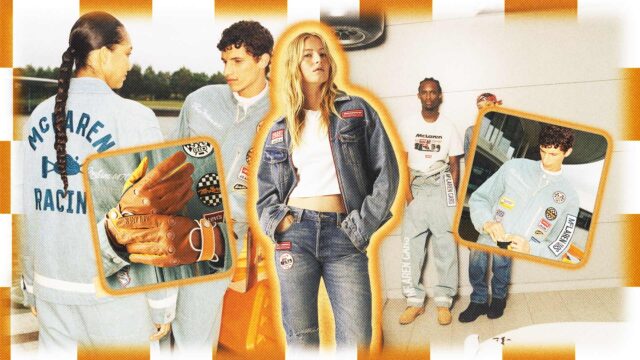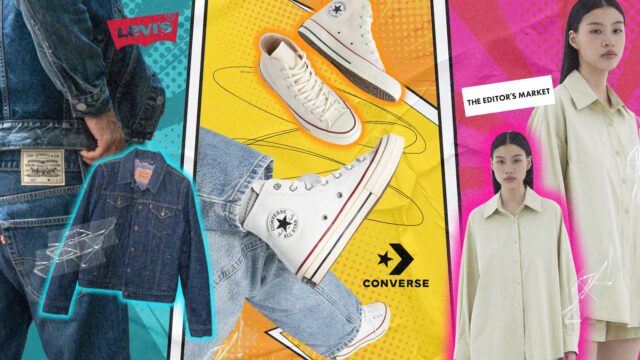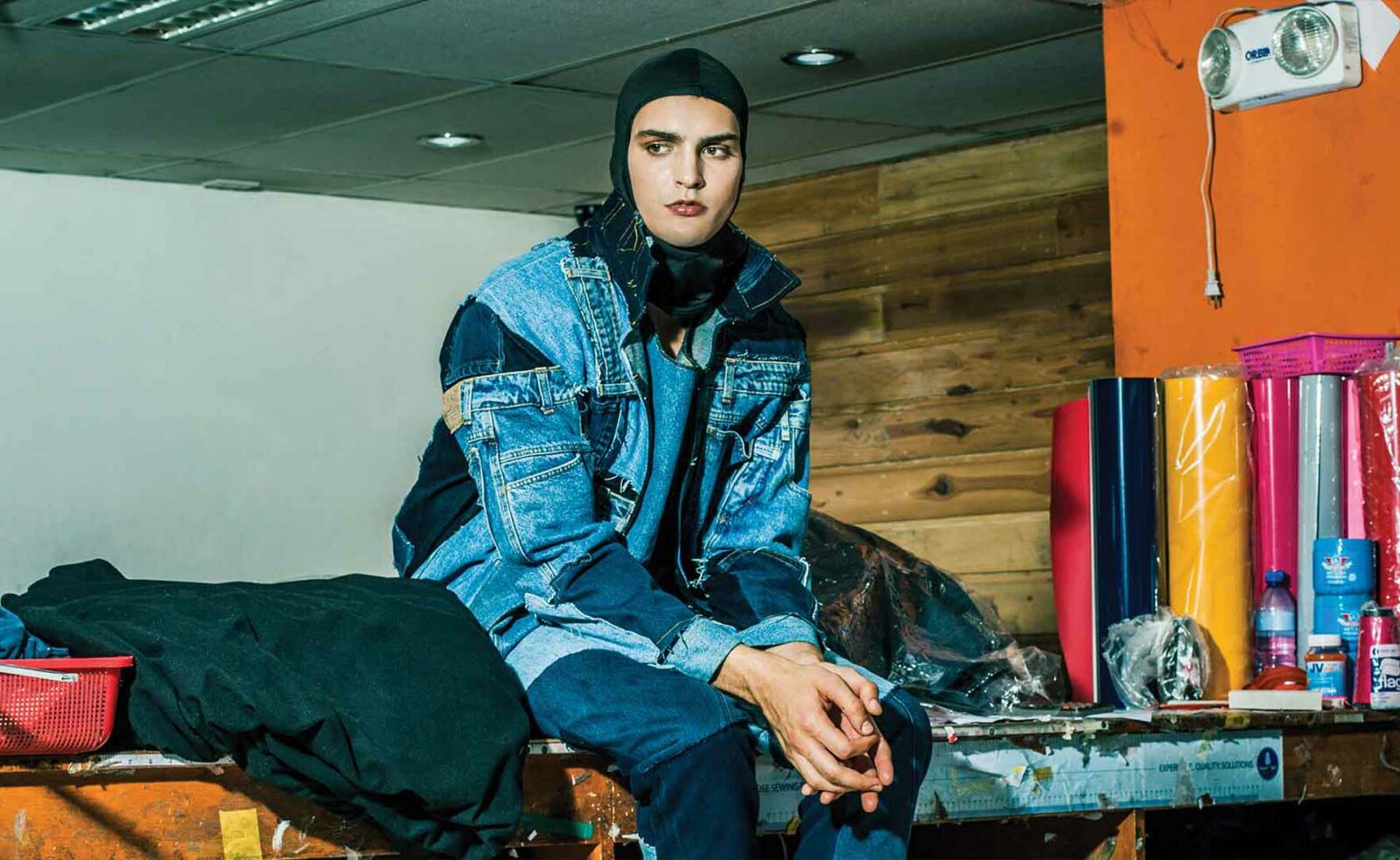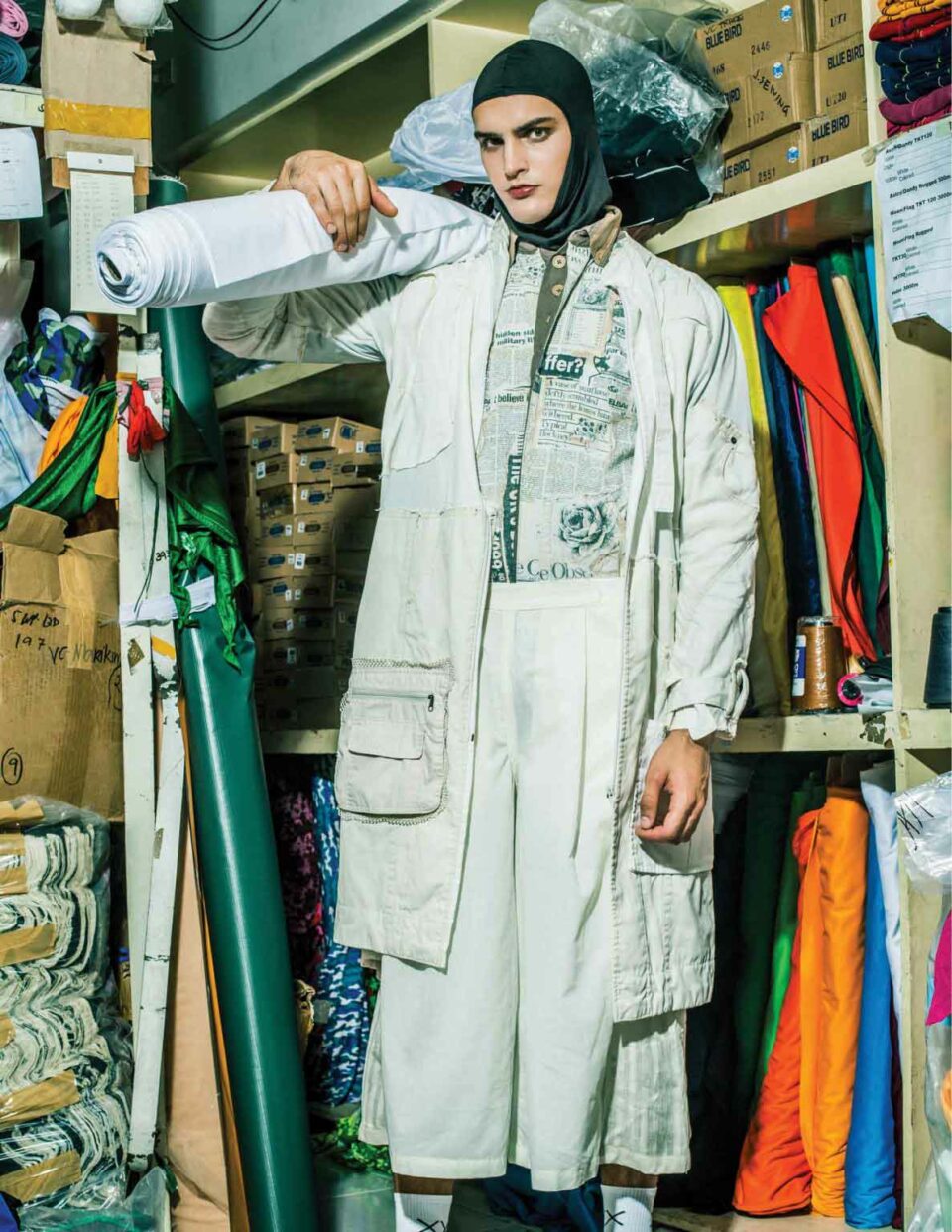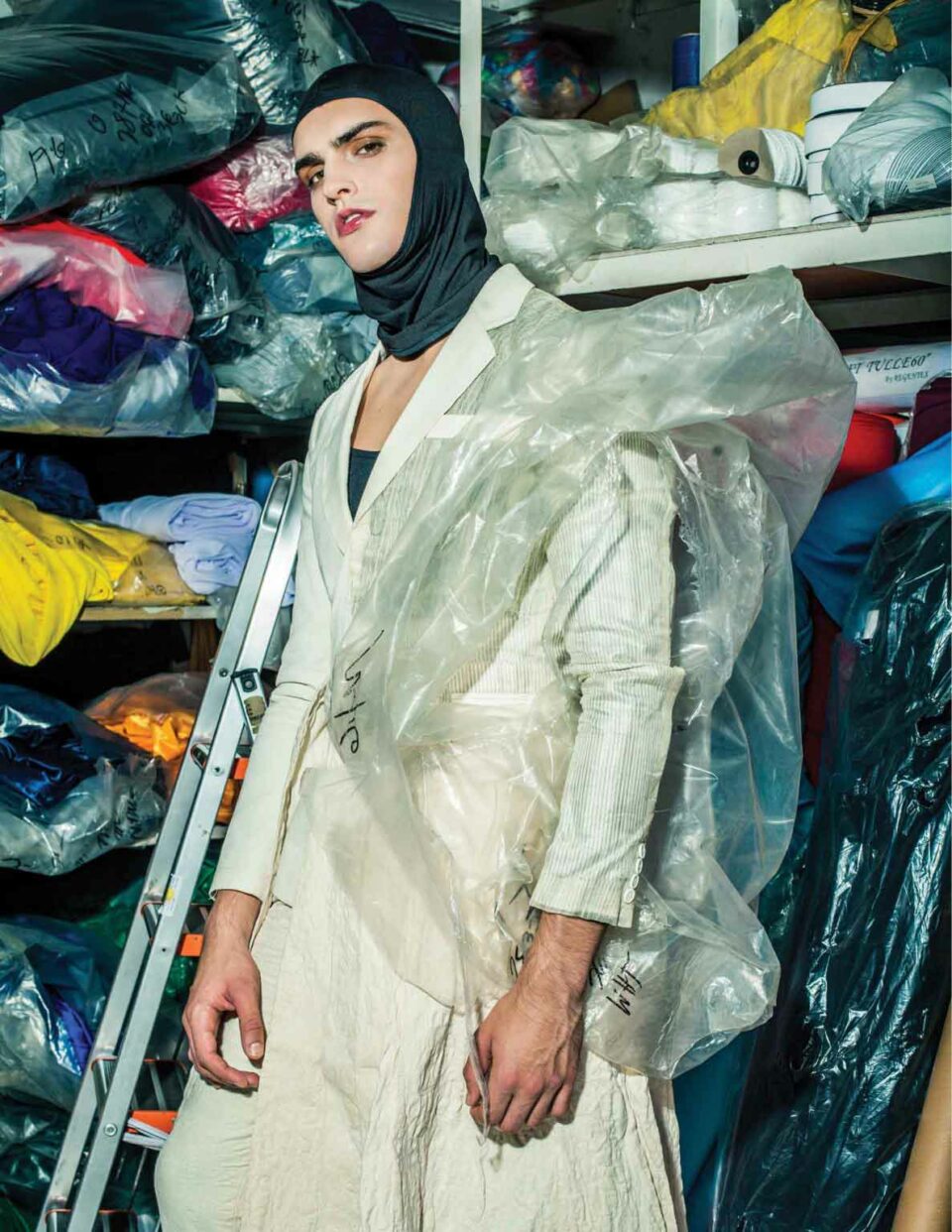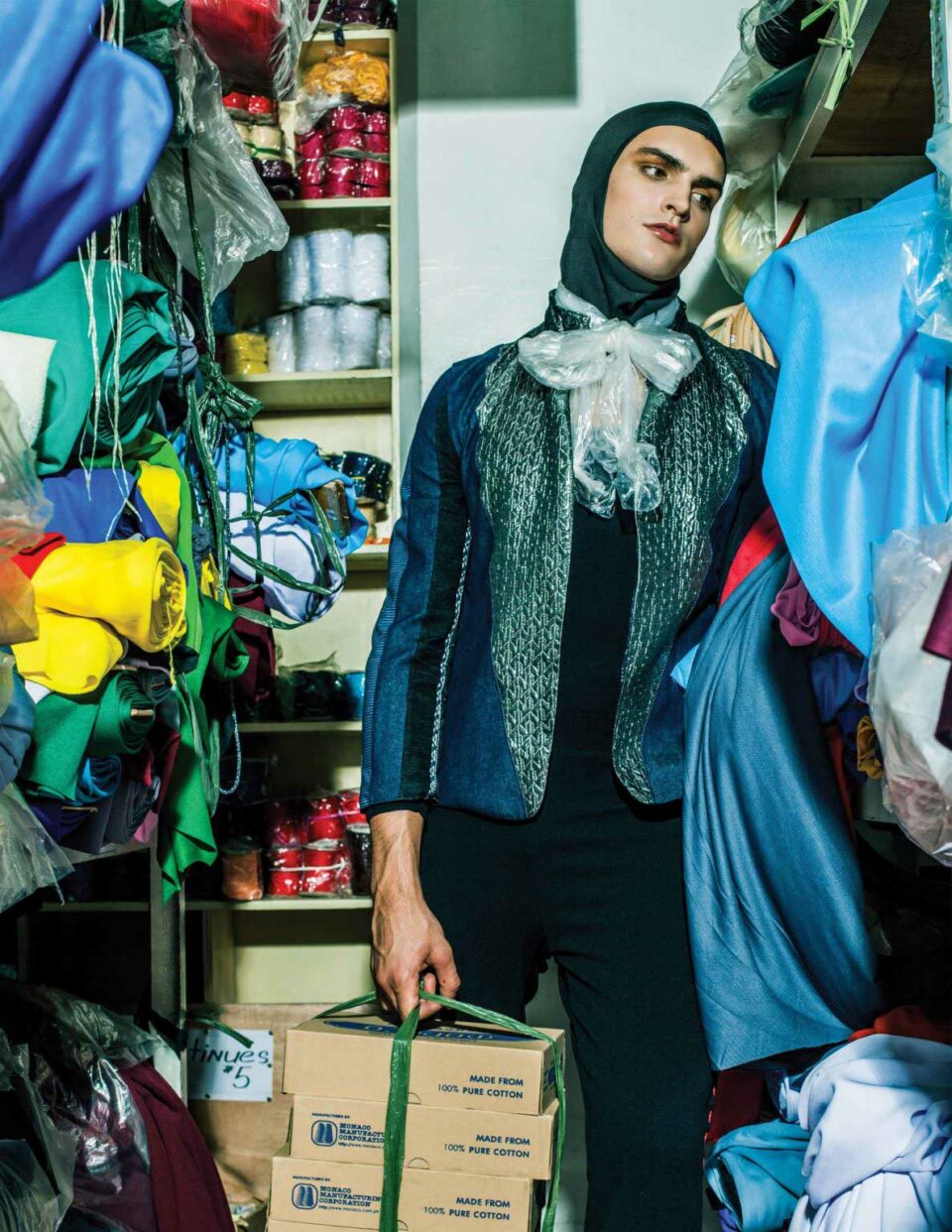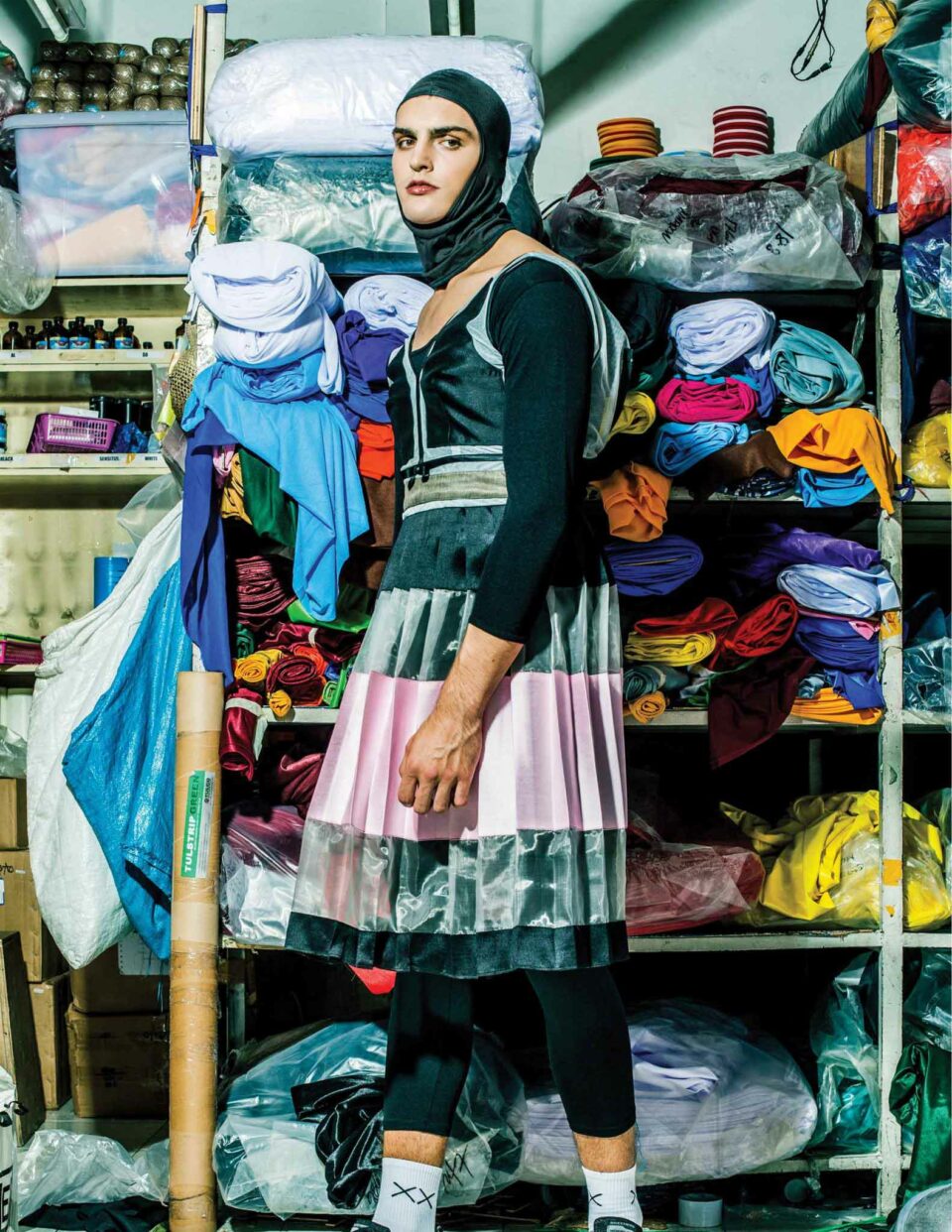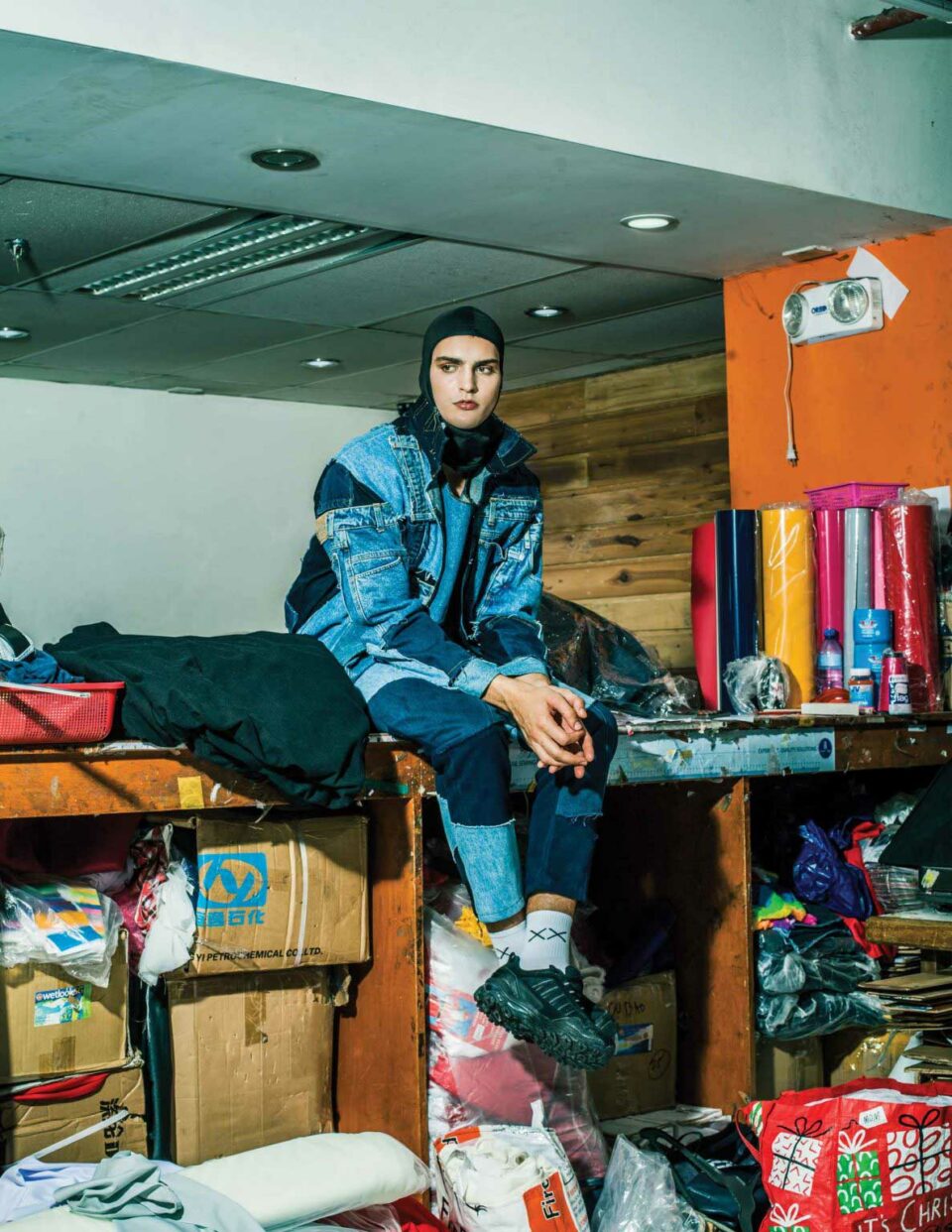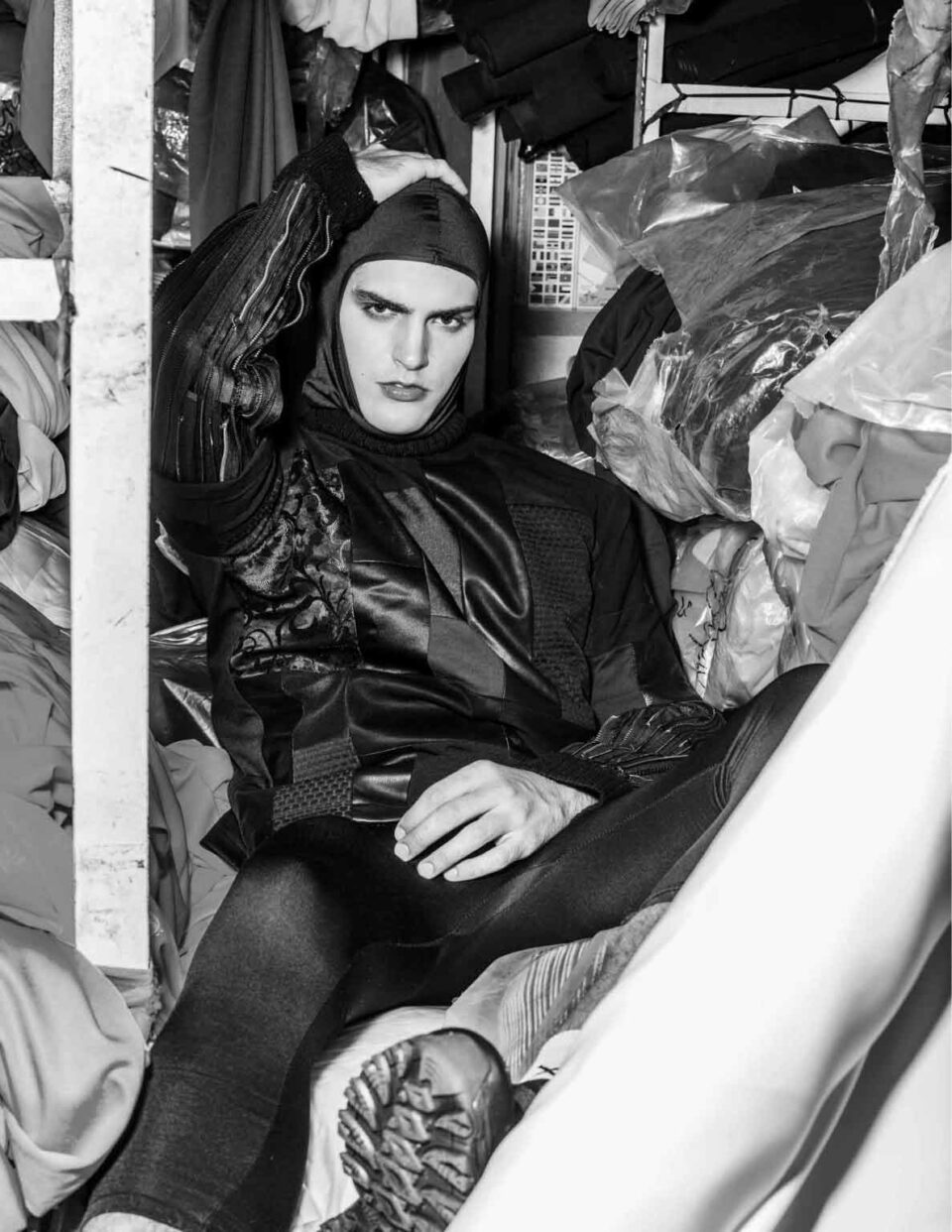Be stylish and environmentally-conscious at the same time with these 3 female-led fashion brands.
Related: In Its Sustainable Efforts, Is Fashion Really Changing the Alarmingly Wasteful Ways of the Planet?
At the intersection of sustainability, creativity, and empowering entrepreneurship lies 3 local fashion brands that champion self-expression as well as the environment. Spearheaded by young Gen Z women, these brands promote ethical practices in slow fashion as they create beautiful clothing pieces.
SUSTAINABILITY IN FASHION
The state of fashion today is marked by overproduction, overconsumption, and waste production. As consumers urged to simply point, click, and buy, it’s worth considering that we’d be much better off making conscious decisions about the things we use, wear, and consume.
Conscious consumption entails an active awareness of how your consumption affects things beyond yourself, such as the environment and ethical labor. While consumers do bear a responsibility to minimize the negative impact they have on the environment, it’s also important for brands and designers to do their part as well. This is where Sanina, Nin and Yang, and Fantaisie Gaze come in.
SANINA
Sanina Creative Hub upcycles preloved clothing, deadstock, and last-cut fabric and turns them into not just clothing pieces, but works of art. Sanina features colors and geometry at the forefront of their distinct style.
Sarah, founder of Sanina, started out selling curated pieces. However, she found out there wasn’t much use for items like winter clothing and long-sleeved tops in the country. So instead, after learning new sewing methods and techniques, Sarah turned to her hobby of reworking clothes and sold her pieces to others.
What was left with the young designer were scraps of fabric that she didn’t want to throw away just yet. As such, she started on a new journey to making patchwork art pieces that the Sanina brand is now known for. They sell intricately-patterned tops in a variety of colors and styles.
As the brand grew, so did Sarah’s confidence.
“Making clothes in these specific silhouettes, colors, patterns, [and] sizes that are outside my comfort zone, and seeing my clients wear them, made me feel more confident about myself,” she shares. Making others feel good about themselves in her pieces is just as integral to Sarah as the effort of sustainability.
“If we can just contribute even just .00001% of textiles [and] old clothes not going to landfills, but instead to closets and drawers, we gladly will continue to do so.”
FANTAISIE GAZE
Want to live out your fantasy of dressing like a fairy princess? Fantaisie Gaze can adorn you in romantic, flowy, bespoke garments that will make you want to wear them all the time. Their tops and dresses are perfect for frolicking in a forest or having a picnic with a loved one.
Frankie Lapiz, at the young age of 20, appreciates the importance of being conscious and deliberate with purchases. She initially made and sold trendy reworked clothing on Fantaisie Gaze, formerly named Gaza, but has since taken a leap of faith and started accepting bespoke orders and releasing her own designs.
She mentions that it’s so easy for people to get caught up in trends. Made-to-order and bespoke clothing promotes sustainable slow fashion in that “customers get to own pieces they truly like and could wear repeatedly, since it’s their personal style.” Frankie also wishes the inclusiveness and diversity that bespoke clothing offers to all body types could be more prevalent in the fashion industry.
“I hope we all start to customize our clothes more and be intentional with the clothing pieces we purchase.”
NIN & YANG
Retaso is central to the Nin and Yang brand. Sister duo Nina and Thea (nicknamed “Yangi”) Morales maximize the use of fabric scraps to create fun, original clothing pieces that they say “breathe new life into discarded fabric.”
Nina and Thea grew up crafty. They often transformed regular, everyday objects into handmade gifts and treasures. The sisters also grew up with relatives who work in the clothes manufacturing industry. As such, they were made aware early on of the existence of unused scrap fabric leftover from production.
Nin and Yang offers bold pieces made from upcycled scrap fabric and deadstock that caters to the young fashion-lover of today. Their pieces are made to be versatile—multifunctional, adjustable, and reversible to maximize the wear and lifespan of each.
In line with their philosophy of sustainability, Nina and Thea encourage their customers to live sustainably by repeating outfits, learning how to mend/repair clothes, and the like. They always knew they wanted a brand that 1) allowed them to have creative freedom, and 2) did not pose harm to the environment as fast fashion has been proven to do. They also hope other brands take importance of not just how they source their materials, but also how they treat their workers—with fair wages and ethical working conditions.
“Let’s offer beautiful and unique designs that will show consumers that choosing circular fashion doesn’t mean they have to sacrifice style, and that they can rely on homegrown talent any day.”
Women and the youth have been at the forefront of the fights for climate action and justice for a long time. So, it’s no surprise that these young designers and creatives have taken it upon themselves to resist unsustainable practices to help the environment in their own little ways.
There’s much to be done to address the concerns regarding the social and climate justice aspect of fashion. However, patronizing slow fashion and small, local businesses that advocate for sustainable practices if you are able to is 100% a start.
Continue reading: These 6 Sustainable Filipino Brands are Turning Old Clothes and Retaso into Statement Pieces



